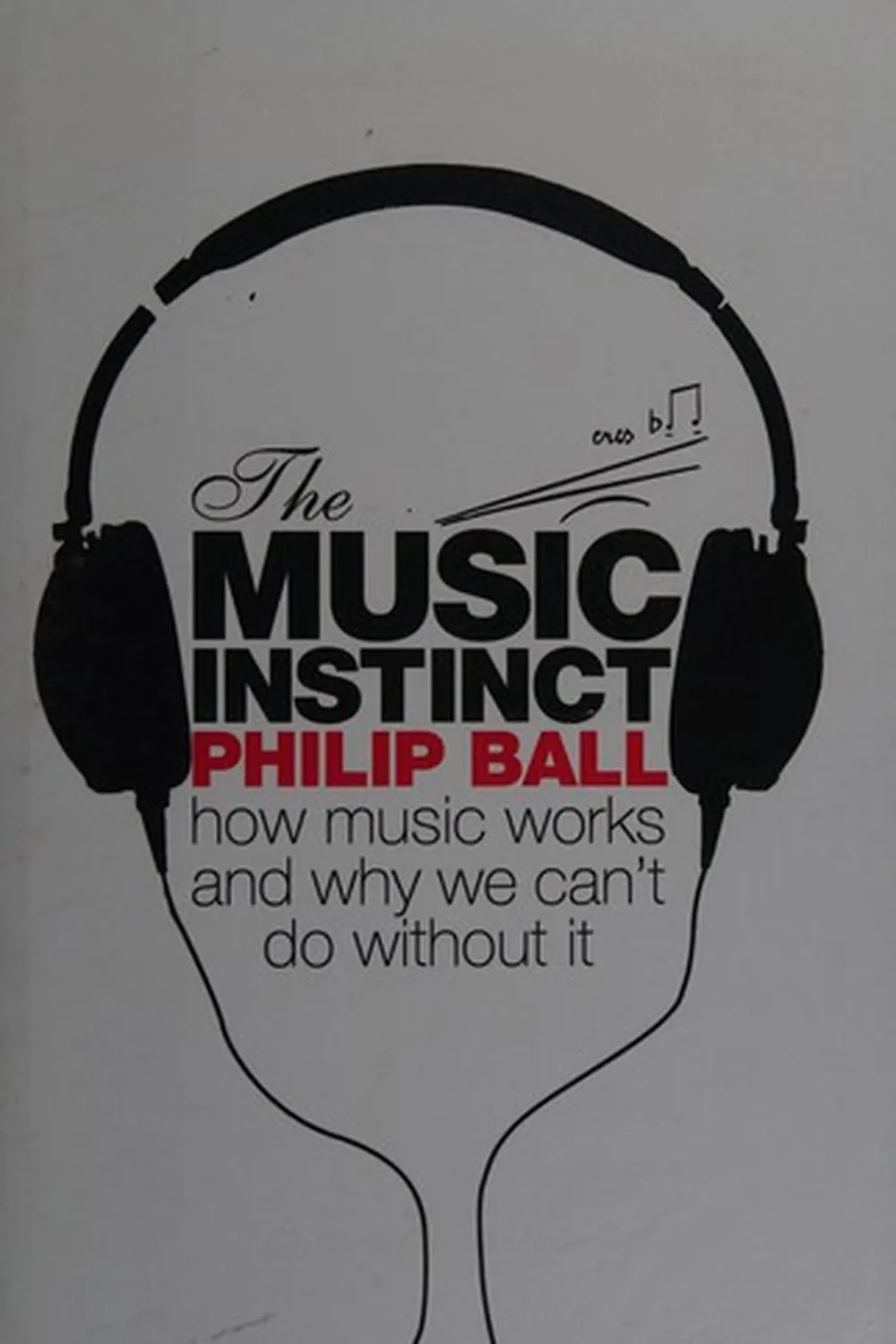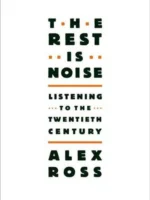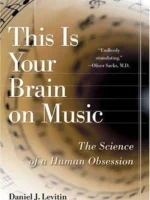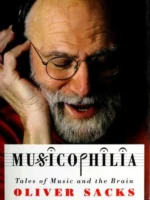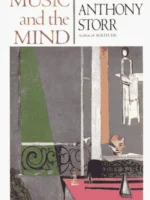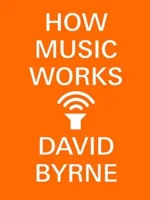The Music Instinct Review
The Music Instinct by Philip Ball explains why music feels inevitable: physics, perception, memory, and culture converge to make pattern and emotion. It is a science-of-music tour that resists myths and grounds wonder in mechanism.
Overview
Ball covers acoustics, pitch and timbre perception, rhythm and entrainment, expectation and tension, tonal systems, emotion, and cross-cultural variation. He links lab findings to real listening and performance.
Summary
Core ideas: brains predict and reward patterned sound; consonance and dissonance arise from spectra and learning; rhythm entrains movement and attention; tonal grammar shapes expectation; culture tunes priors. Case examples show how melody, harmony, and groove press cognitive buttons without requiring mysticism.
Authors
Philip Ball writes as a science journalist with musical literacy. He is precise, readable, and cautious about overclaiming.
Key Themes
Prediction and surprise; embodiment of rhythm; learned taste on top of biological constraints; universals vs local styles.
Strengths and Weaknesses
Strengths: clear synthesis across physics, psychology, and ethnography. Weaknesses: limited deep theory and fast-moving neuroscience updates. Treat it as a reliable compass.
Target Audience
Musicians, educators, audio folks, and curious listeners who want mechanisms without heavy math.
Favorite Ideas
Expectation management as emotion engine; timbre as a shortcut to genre; entrainment as social glue.
Takeaways
Music works by training predictive systems and then artfully violating them. Design with pattern, memory, and movement in mind.

